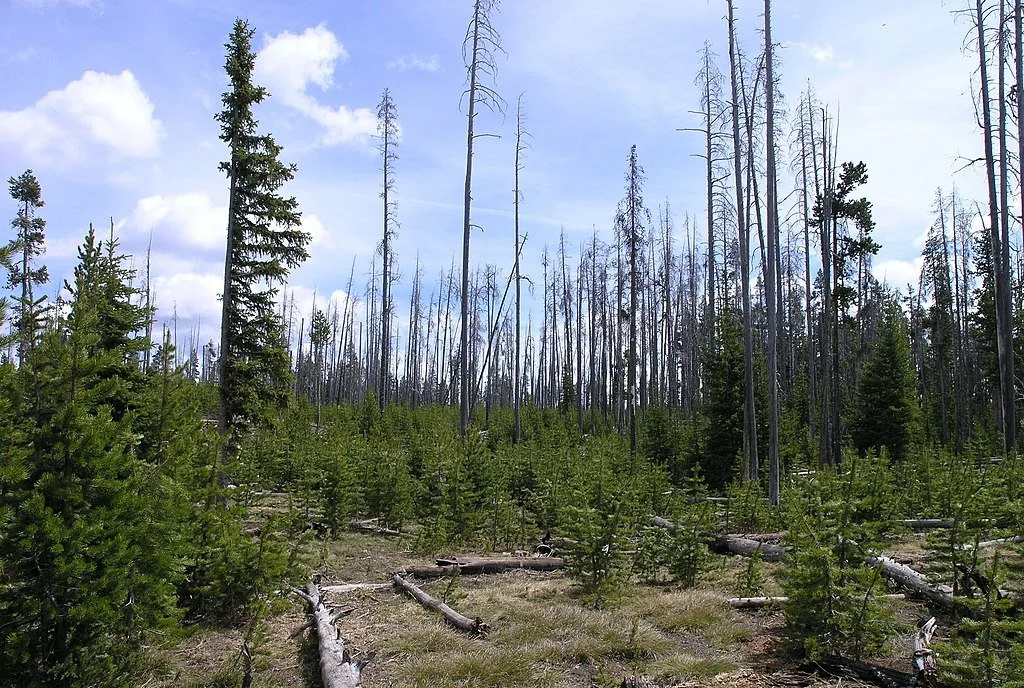Old-growth forests in the American East have been so far gone for so long in the public consciousness that Big Timber (from private corporations to government foresters) has conned conservationists and buffaloed biologists into believing that massive and repeated logging is the only salvation of “wildlife.”
Read MoreForests in the American East, Part 1: A Pandemic of Shifting Baseline Syndrome










